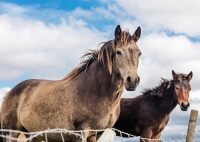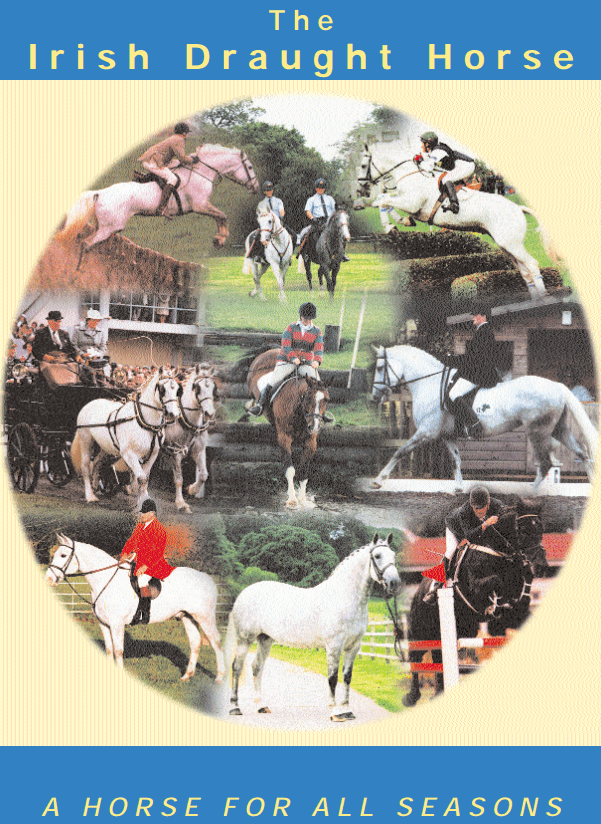History of the Irish Draught Horse
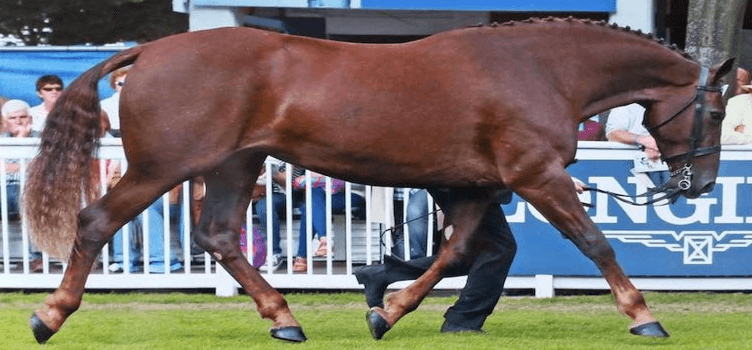
The Irish Draught breed has a rich history in terms of pedigree and breeding status, but the species rose to prominence only during the early-to-mid-nineteenth and the early twentieth century Ireland. Irish farmers had a unique need from their steeds, whereby, they required their horses to work the lands during the week; take the family to the church on the weekends and then spend some time in the woods for hunting. Therefore, the very particular needs of the farmer required their horses to be strong, lean, and possess the ability to jump obstacles better than the other breeds. Such a different prerequisite led to years of careful breeding to create the Irish Draught, which although smaller in stature, possess some of the most excellent qualities that provided a foundation for breeders to cross-breed the species with thoroughbreds to create the best specimen for equestrian events.
Although the documented history of the breed considers the 19th century to be the turning point, there have been numerous references to horses with similar characteristics way before the 18th century. Although extensive cross-breeding with thoroughbreds and warmbloods may have led to the creation of the now popular Irish Draught Sport horses, it is undoubtedly a risk that has resulted in endangering the pureblood species. Regardless, we will attempt to learn a bit more about the history and tradition of the breed and how they came to be one of the best species in the entire world.
History of the Breed before the 18th Century
The history of Irish horses can be traced back to the B.C, but the more modern theories attribute the use of the Draught breed mainly for war purposes. It is believed that the arrival of the Anglo-Normans to the Irish lands brought about a change in the landscape, where the country witnessed a large-scale influx of sturdy horses that were mainly used for conflict. However, it wasn’t until the 16th century that the Irish started cross-breeding horses from Spain and other European nations, which resulted from an increase in trade and other allied activities. However, these cross-bred horses were not up to the standards expected from the modern Irish Draught variant, but it still offered the best foundation for creating the breed that we know today.
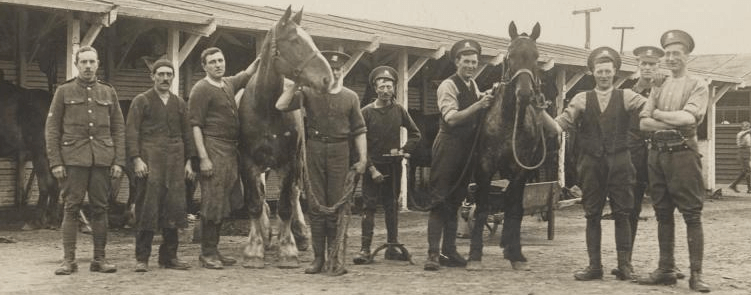
Towards the end of the 17th century, the early predecessors of the Irish Draught fought at the frontlines of many battles, even carrying on until the invention of artillery and automobiles during the late 19th century. However, it wasn’t until the 1850s that the Irish folk seriously considered the need for a horse that suited their specific requirements.
Irish Draught through the 1800s and the 1900s
Unlike in the rest of Europe, where farmers, hunters, and even soldiers depended on strong and heavy steeds, Irish farmers were a bit unique in their requirements. They didn’t want to keep different horses for their varying needs, instead opting to create one breed that can get all their job done. Irishmen, or the farmers, to be more precise, were on the lookout for a breed that was excellent at the farm, could haul a cart at a brisk pace, but more importantly, jump through obstacles and get involved in a fox hunt with a sensible head.
Thus the late 19th century and the early 20th century witnessed quite a great rush to create the best Irish Draught breed that ticked off all the primary requirements of the farmers. The breed was incredibly successful, along with providing a foundation for building stronger species in the form of Irish Hunters or Irish Draught Sports horses.
The early 1900s saw the Government setting up a registration process for the Irish Draught breed, mainly to keep a centralised record of the breed for future reference. Although the Studbook that was opened in 1917 by the Ministry of Agriculture sought to establish the stock of the existing mares and stallions, these records were lost in the fire of the Four Courts. Thereafter, several independent breeders started breeding equestrian variants of the Irish Draught and even began exporting them to overseas markets for different breeding and other purposes.
However, the over-dependence on the Irish Draught as a foundation horse or a platform to create a strong breed has led to a massive decline in its population. Several revolutionary and innovative technologies in farming, transport, and military also led to a downfall in the breed, which forced breeders to form an organisation to preserve the breed. The Irish Draught Horse Society was established in 1976 to ensure that the breed was preserved for future generations, including breeding purebred specimens to ensure that the species could be removed from the endangered list.
Irish Draught in Present Times
Modern-day horse-related events such as horse racing and horse jumping utilise an offspring of the Irish Draught, which resulted from a cross breed between the Irish Draught and thoroughbreds or warmbloods. These Irish Hunters, as they are known, enjoys tremendous success in their various disciplines, especially in racing, jumping and eventing, where their strength, stamina, and emotional capabilities make them far superior to their peers. These horses also make excellent domesticated pets, as their intelligence and emotional compliance make them good with all age groups. They work well with harness, saddle, or just as a show horse, which is why Irish Draughts are used in a wide variety of shows and equestrian activities around the world.
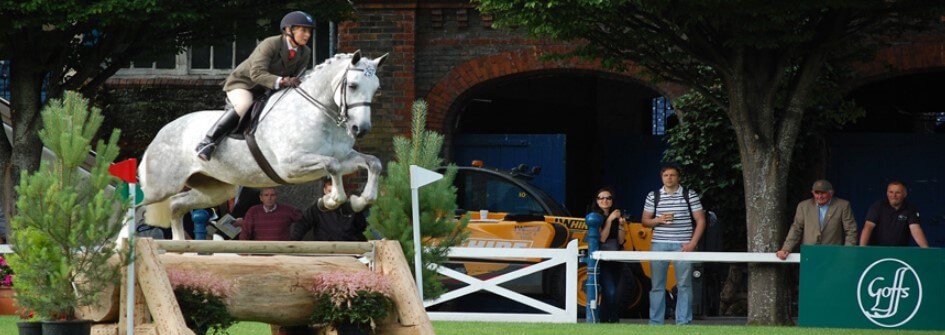
Irish Draught Sport horses are extreme favourites when it comes to the odds offered by horse betting bookmakers, as they receive a fair bit of edge over the competition. Nowadays, without the need for animals to do the work, Irish horses enjoy some of the best environments to showcase their skills and talents, especially with the right jockey who can exploit the horses’ potential. Decades of selective breeding has indeed created one of the best horse breeds on the planet, but their numbers are dwindling, and there is a much-needed initiative to recuperate their numbers. Regardless, several organisations and breeders are taking various initiatives to replenish the population, which should see an increase in the overall number of Irish Draught horses in the future.

